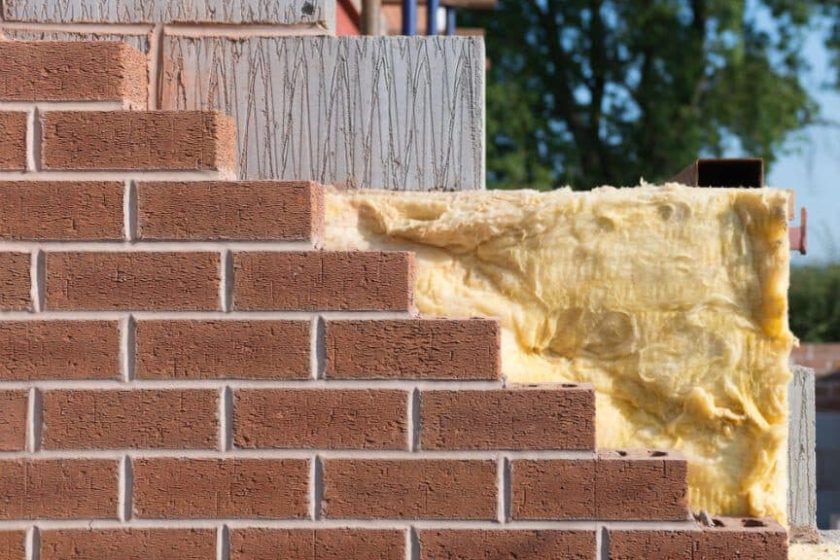Until the development of the cavity wall in the UK in the 19th century, houses were prone to dampness and humidity resulting from water being absorbed through the masonry of the external walls.
Cavity walls are external building walls which incorporate an air gap. This can be within the wall structure itself as in hollow block walls, between two solid walls or between two partitions separated by a narrow air gap.
When water is absorbed, it never reaches the inner wall. The space or cavity works to drain it back out through weep holes at the bottom of the wall.
In rainy climates such as that in the UK, protection against moisture is vital to prevent the buildup of damp, mould and eventual disintegration of the masonry under the onslaught of moisture.
Moisture protection is something cavity walls do effectively but they offer a number of other advantages. The most important are heat and sound insulation. This means that cavity walls are more energy efficient as well as being quieter than conventional walls.
However, if you really want to get the most out of them, you can expand the effectiveness of your walls for greater insulation and protection from fire.
First, let’s look at how to boost the insulating properties of your cavity walls. Energy conservation is a major issue nowadays with everyone looking to minimize their energy bills. One way is to enhance the thermal insulation properties of your external walls.
You can do this by adding various types of insulation and barriers added to your cavities. The structure makes it easy to fit insulation between the cavity and the inner skin of the wall.
This kind of insulation can lower the heat lost from convection by up to 35% which can result in significant savings on energy bills.
Another way to increase insulation is to use cavity wall closers. These are items which work to provide a tight seal between you wall and your doors and windows. This area is prone to leakages of air and moisture and effective sealing is essential for protection and energy efficiency. Insulated cavity closers deliver far higher thermal efficiency than traditional timber stops or metal flanges.
These closers form a solid template for bricklaying, enhance thermal efficiency, create a damp-proof course and prevent cold bridging. Unplasticized Polyvinyl Chloride (uPVC) is the material of choice for closers owing to its insulating properties and durability. It’s also fire resistant and recyclable.
Next, you can greatly enhance the safety of your home through the use of cavity fire barriers. The fact is that the cavity walls contain a continuous hidden path for fire to spread. As external walls form the main structure of the building, the potential for damage is considerable, perhaps even resulting in the collapse of the building. The answer is to use cavity barriers formed from fire resistant material to prevent the spread of fire.
The simplest and most effective way to deliver tested fire protection for cavity walls is by using a cavity fire barrier. The best ones offer fire integrity of up to one hour. As a bonus, they also provide enhanced thermal insulation.
Door and window openings are also potential flashpoints and for this you can get a combined cavity fire barrier and cavity closer to provide a continuous line of protection around cavity wall openings.
When choosing cavity wall closers and cavity fire barriers, be sure to choose items made from recycled building materials such as uPVC. These are made from old doors and windows which would otherwise end up as landfill. Instead they get a new lease of life by being processed into useful new items such as cavity closers.
If you planning on building a new home or an extension to an existing one, make sure you’re getting the most out of your cavity walls. Just a few simple, inexpensive extras can make your home warmer, more economical, safer and more eco-friendly.
For full information on cavity walls and related accessories, visit the web sites of the UK’s leading suppliers. You can find comprehensive details of available products and buying online gets you the best deals. Just place your order at the web site for prompt delivery.











